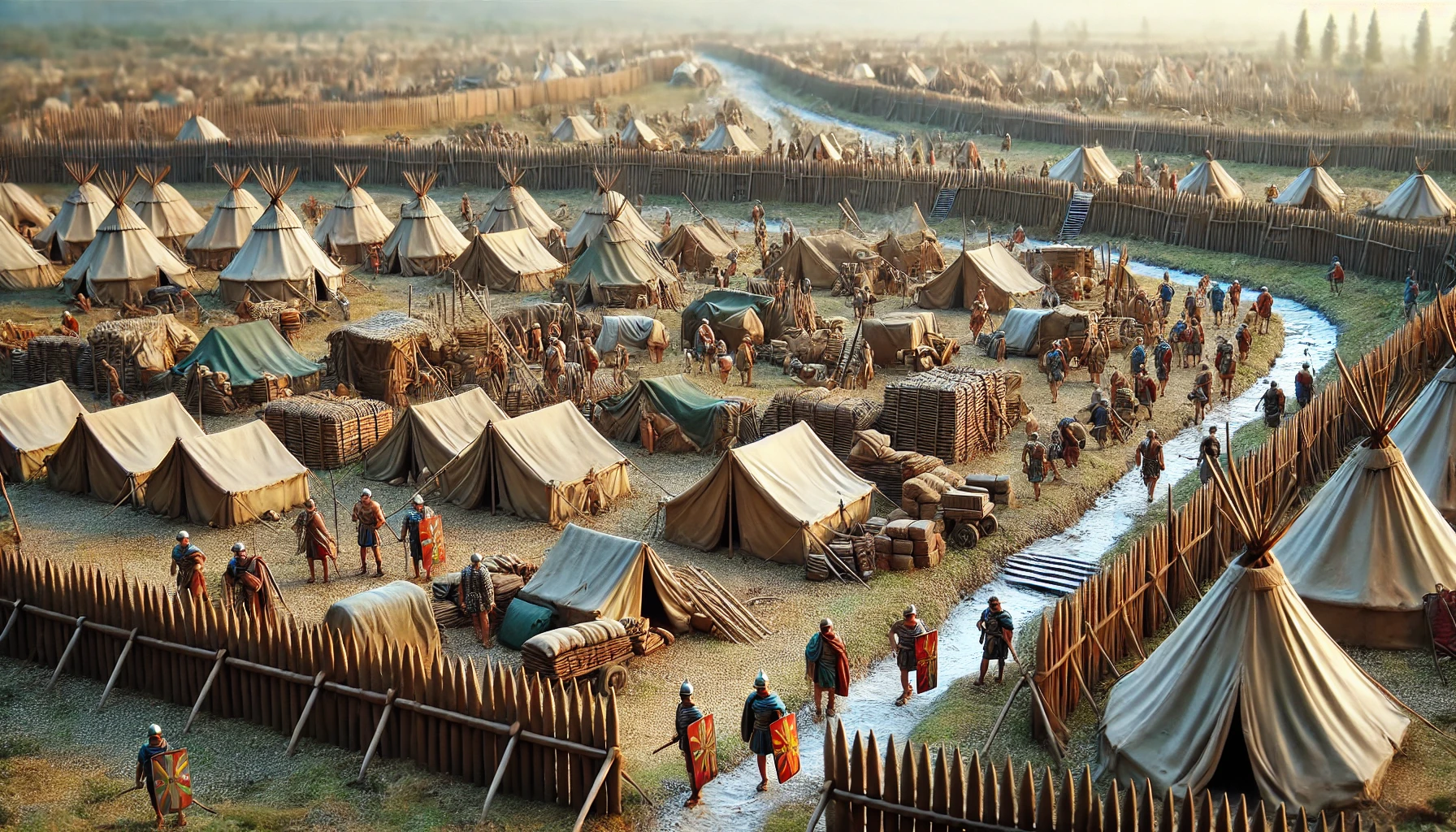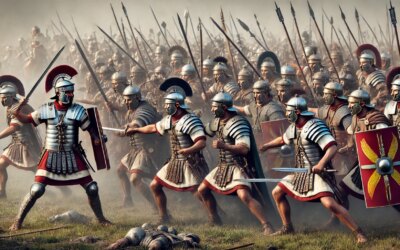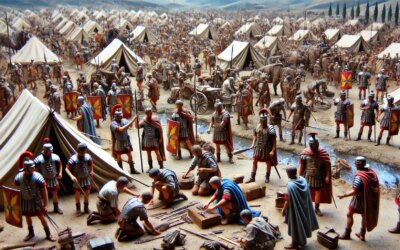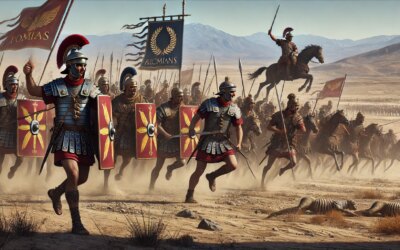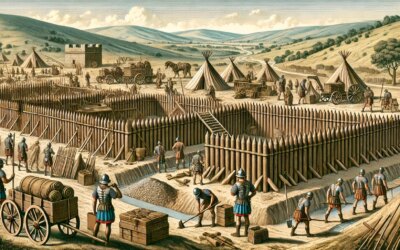Introduction
The Roman military was one of the most disciplined and efficient forces in history, and at the heart of its success lay the castrum—the fortified military camp. Whether in enemy territory or within Rome’s expanding frontiers, these camps served as both strategic bases and symbols of Roman control. Built with remarkable speed and precision, a castrum was more than just a temporary shelter for soldiers; it was a highly organized, self-sufficient fortress designed for defense, mobility, and command efficiency.
The Importance of the Castrum
During the height of the Roman Republic (509–27 BCE), military campaigns required armies to move rapidly across vast distances. Unlike many ancient forces that relied on existing settlements for accommodation, Roman legions carried the expertise to build their own fortified bases wherever they marched. These camps were crucial in ensuring security during military campaigns and served as logistical hubs for food, weaponry, and reinforcements.
Planning and Layout
The design of a Roman castrum followed a standardized grid plan, an early example of Roman engineering ingenuity. Regardless of location, each camp adhered to the same organizational principles:
- The Principia (Headquarters): The central command post where officers coordinated military operations, stored important documents, and held meetings.
- The Praetorium: The general’s tent or quarters, typically located near the headquarters.
- The Via Praetoria and Via Principalis: Two main roads intersected at right angles, dividing the camp into four quadrants and facilitating movement within.
- The Vallum and Fossa: A defensive perimeter consisting of a wooden palisade (vallum) and a ditch (fossa), reinforcing the camp’s security.
- The Barracks and Storehouses: Rows of tents or wooden huts housed the soldiers, while granaries stored food supplies.
Construction and Speed
One of the most impressive aspects of a Roman castrum was the speed with which it could be built. Well-trained legionaries could construct a fully functional fort within a single day, using pre-made stakes for the palisades and simple tools to dig defensive trenches. Engineers (architecti) and surveyors (gromatici) ensured that each camp was laid out with precision. Even in enemy territory, Roman forces could secure their position overnight, reducing the risk of ambushes.
Daily Life in a Military Camp
Life inside a castrum was highly regimented. Soldiers followed a strict schedule that included patrols, weapons maintenance, and drills. Discipline was enforced rigorously, with severe punishments for neglecting duties. Despite these hardships, the camp provided a structured environment with essential services such as blacksmiths, cooks, and medical personnel.
Legacy and Influence
Roman military camps were more than temporary settlements; they often evolved into permanent cities. Many modern European towns, such as Cologne (Colonia Claudia Ara Agrippinensium) and York (Eboracum), began as Roman castra. The precision and efficiency of Roman military encampments influenced medieval fortifications and continue to inspire military strategy today.
Conclusion
The castrum was a vital tool in Rome’s military dominance, providing safety, organization, and strategic advantage. More than just fortresses, these camps were a testament to Roman engineering, discipline, and adaptability—key factors in the Republic’s expansion and enduring legacy.

